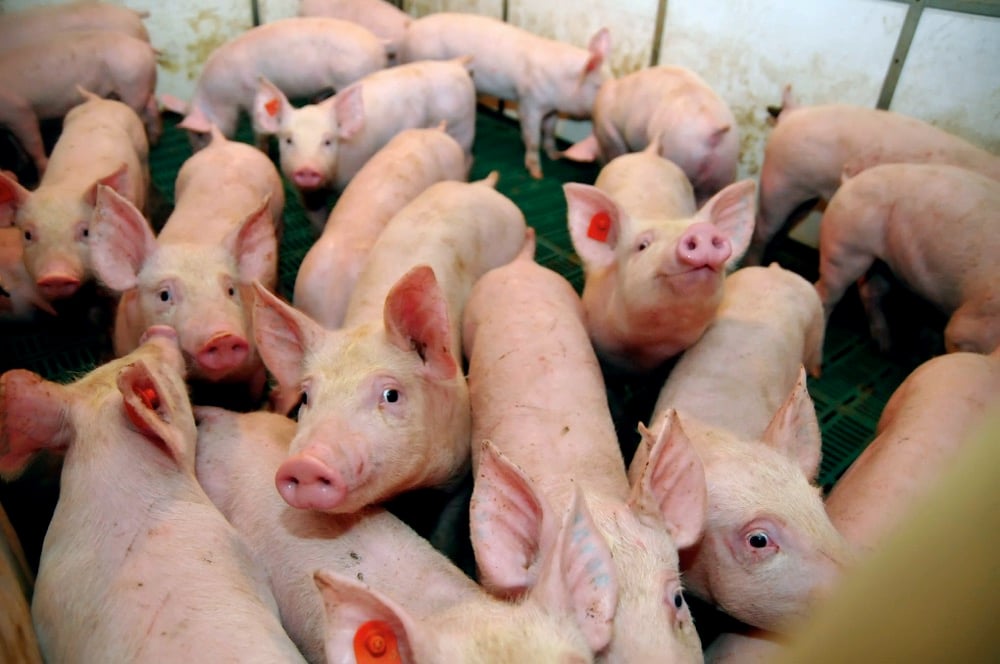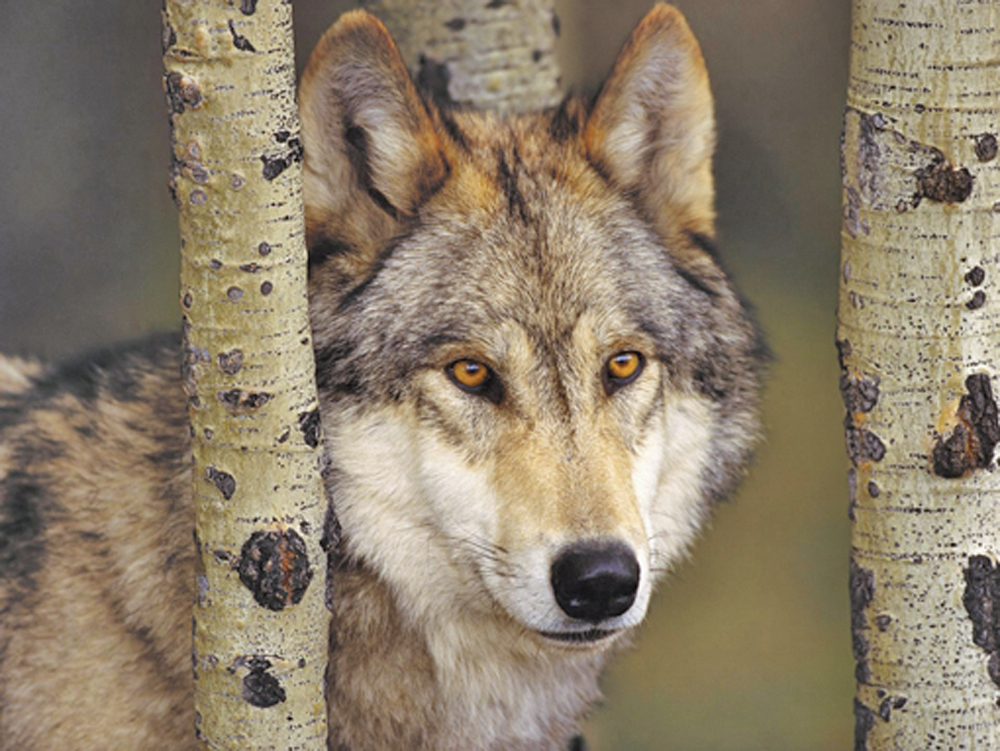“They’ll start howling to the north so the dogs run north, then they slip into the feedlot in the back.”
– ED HUNTER
Given the economics of sheep and goats, a lot more people would be in the business if there was a surefire way to keep four-legged terrorists at bay.
Norman Roziere, a longtime trapper from Brandon, probably knows more about coyotes than coyotes know about themselves.
Back in the early 1980s, when the skin of a coyote brought a C-note or two, he ran traps all the way to the Saskatchewan border and back. Once, in a three-week run, he put the handcuffs on 350 coyotes and foxes.
Read Also

Pig transport stress costs pork sector
Popular livestock trailer designs also increase pig stress during transportation, hitting at meat quality, animal welfare and farm profit, Agriculture and Agri-Food Canada researcher says
This year, with fur prices barely worth the effort, he has scaled back, with only 50 or so hides hanging in the shed. Now, he just traps for fun and to keep the landowners in his territory happy.
“You’ve got to look after the farmers, even in the bad years,” he said. “You’ve got to trap them every year. It’s something you have to do.”
OVERPOPULATION
Roziere said that unless their numbers are pruned back, coyote populations eventually overshoot their natural food supply. That’s because a single bitch can have anywhere from 10 to 16 pups per litter.
Then, as overcrowded conditions make it harder for them to make a living – and before endemic diseases such as mange thin them out – they may decide that attacking sheep or other livestock is worth the risk.
“If a coyote gets an easy meal once, they’ll keep doing it. But there’s lots that never go near.”
Livestock farmers and coyotes can coexist, he said, noting that coyotes are often unfairly blamed for things they haven’t done, and that they do a lot of good by keeping rodent populations down.
But, according to Roziere, if you don’t already have a trapper coming out each fall to maintain a population balance, the next best solution is to get a big, white guardian dog or two.
James Baxter, who has 130 head of sheep near Deleau, agrees. On his quarter-section farm, he has a guardian dog or two of almost every breed, including Maremma, Great Pyrenees, and Akbash.
RELIABLE
The best, most reliable performer for him is a non-spayed Maremma female, he said. The least friendly to humans of the bunch, it spends most of its time out minding the sheep in the pasture.
The dog is so effective, said Baxter, that his neighbour, a trapper, once complained to him that all the coyotes have been driven off.
“He came over one day and said that he had given up trapping because my dog had chased all the coyotes away,” he said. One time it “completely shredded” a coyote that was caught in a trap and couldn’t run away, he added.
Baxter, originally from Alberta, noted that like humans, some dogs are naturally hard working and some are lazy. Some are just plain incompetent.
“They’ve got to have that instinct in them,” he said.
MOODY
The dogs can also be moody. He recalled how an otherwise very good guardian dog had become despondent over the loss of a workmate and started neglecting its duties. Even though a coyote had grabbed a lamb in plain sight nearby, it lay there as if in a daze until he scolded it.
“I raised hell with the dog and it sort of went, ‘Oh shoot! Sorry!’”
He also has three llamas, but he keeps them more for pets than for effective predator control. They haven’t worked for him, but he has seen them and even miniature donkeys work well for other people.
Ed Hunter, who raises sheep and cattle near Lenore, has two Great Pyrenees-cross dogs, both males. When a visitor enters the yard, they bounce around like friendly giants. But go near the sheep, and their attitude changes from friendly to just a little bit frightening.
FEWER LOSSES
He recently lost three feeder lambs to coyotes, but attributed the mistake to confusion. At the time, he had a bitch that was in heat and a storm had driven both dogs to take shelter in the yard.
Still, having the dogs is an improvement. In previous years, the coyotes would take a lamb almost every other day, he said. Last summer, he got some help from a trapper under the provincial Problem Predator Removal Program who removed five coyotes.
The coyotes are crafty, Hunter added. With two flocks of sheep to the north and south of his house, they work in tandem to lure the guard dogs away.
“They’ll start howling to the north so the dogs run north, then they slip into the feedlot in the back,” he said.
Lorna Wall, who raises sheep near Poplarfield, lost sheep to coyotes up until three years ago, when she got two Akbash dogs.
The tall, white dogs are so deadly that even the local wolf population stays away from her sheep.
“From my kitchen window, with binoculars, I can see coyotes across the road. But nothing comes in my yard,” she said. “They don’t come inside our fenceline.”
Martin Penfold, who has 80 Clun Forest ewes near Austin, swears by Large Standard jennies.
His first protection donkey was a jack, which didn’t work out. But the jenny that he has now is dynamite with canines of any sort. Even though there is no shortage of coyotes in his area, he has yet to lose an animal.
“If they hear anything that isn’t right, they’ll bring all the sheep together and then chase them back to the corral,” he said. “With their head down, ears back, going flat out.”
He likes the donkeys for their low maintenance requirements. Unlike dogs, they can take care of themselves just on grass, never bother the neighbours, and don’t leave the pasture. [email protected]


















